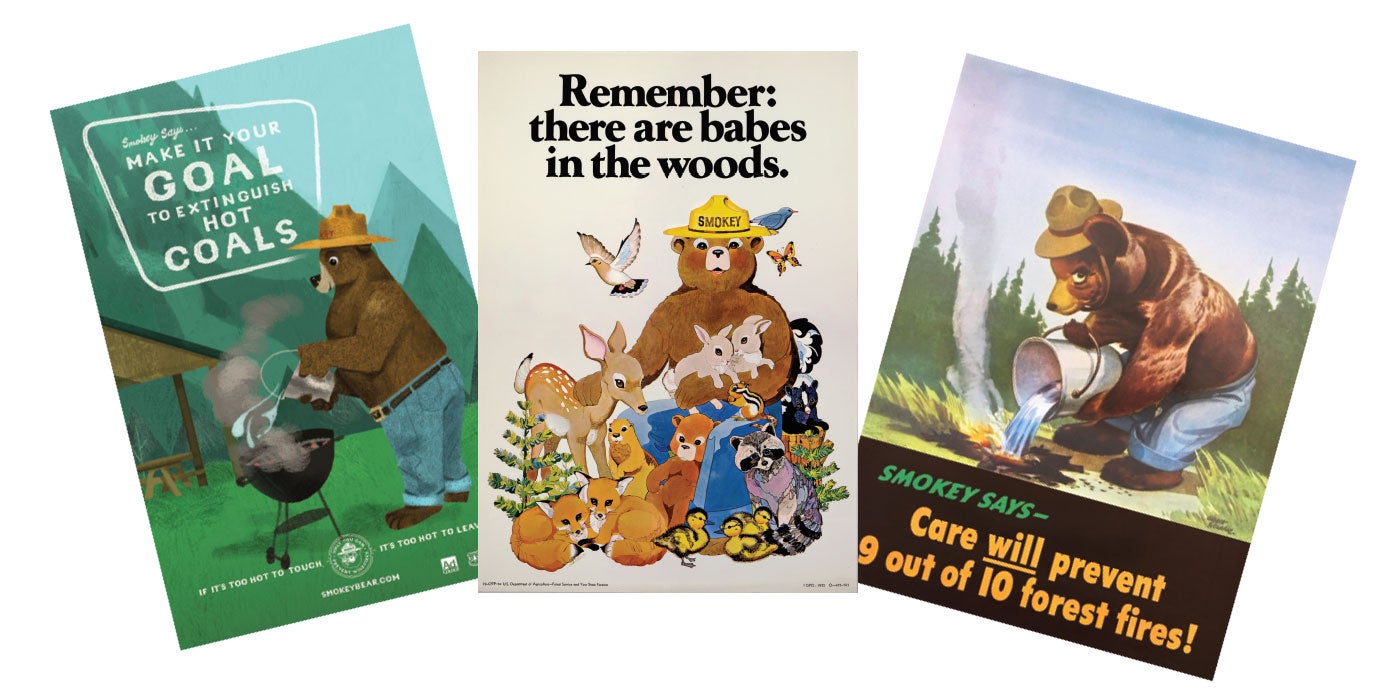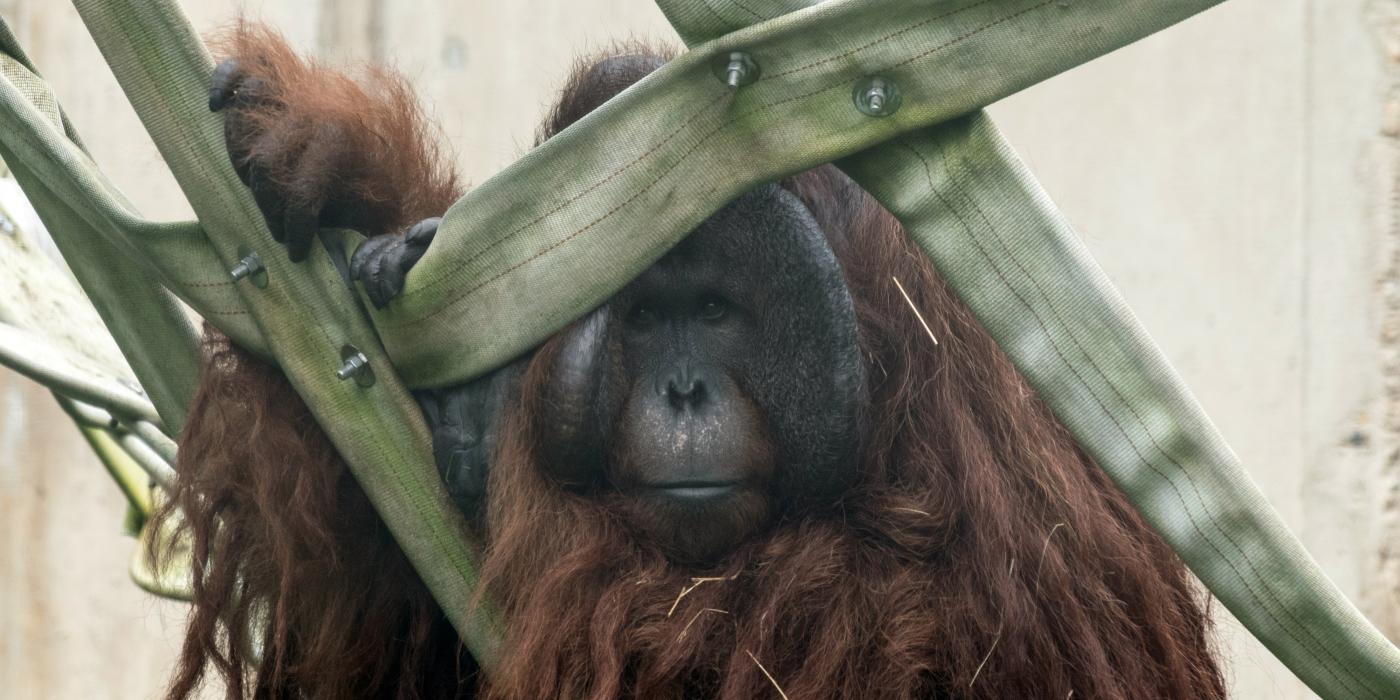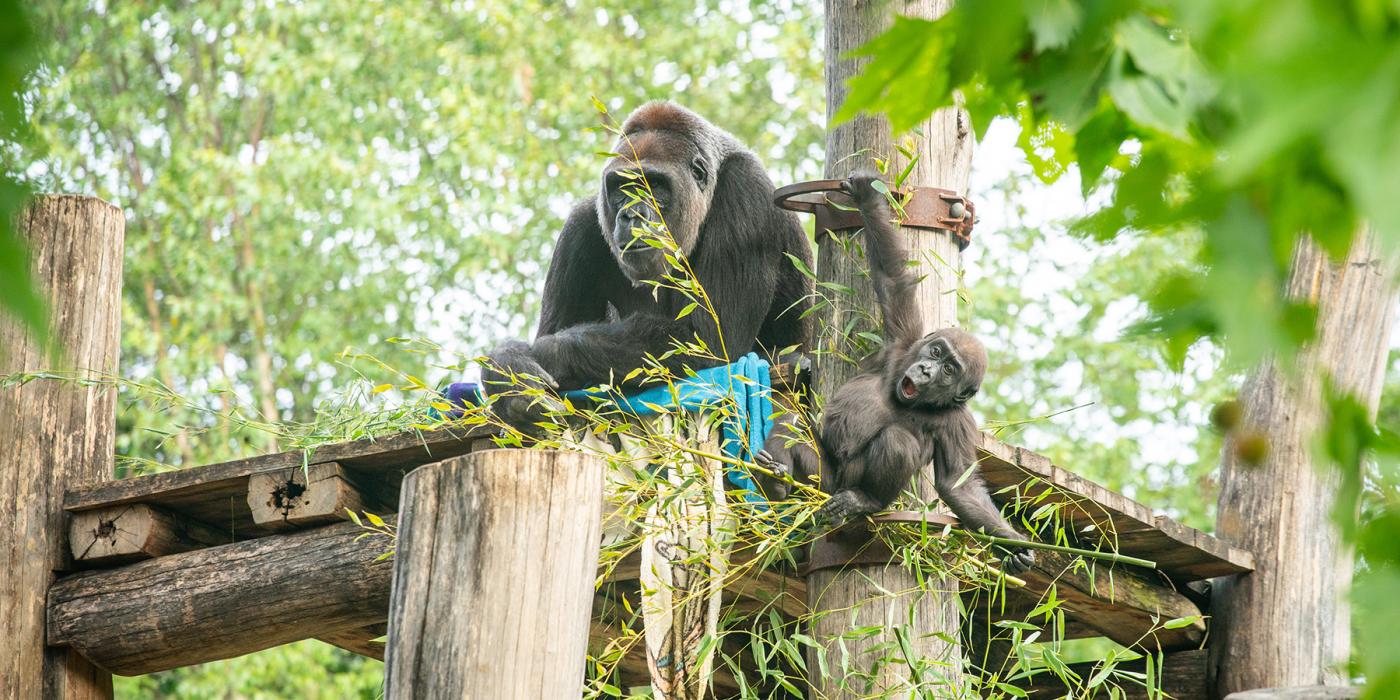The Nuances of Orangutan Nests
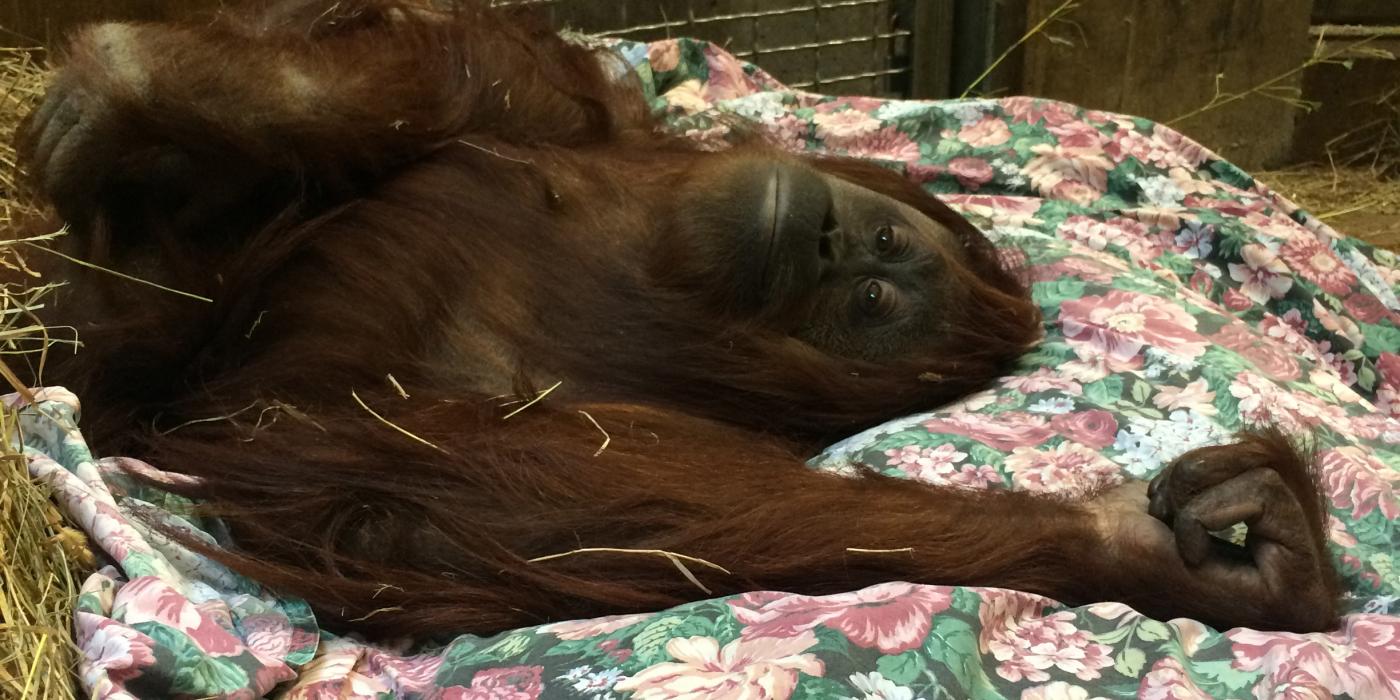
As the Smithsonian’s National Zoo’s great apes prepare to go to sleep, they make their beds, then settle in. Just like their wild counterparts, orangutans in zoos build cozy nests. Where an orangutan chooses to snooze at night can give keepers insight into their social preferences, according to a study entitled “Nest location preferences in zoo-housed orangutans,” published in Applied Animal Behaviour Science. Get the scoop on the study from Primates Curator Meredith Bastian.
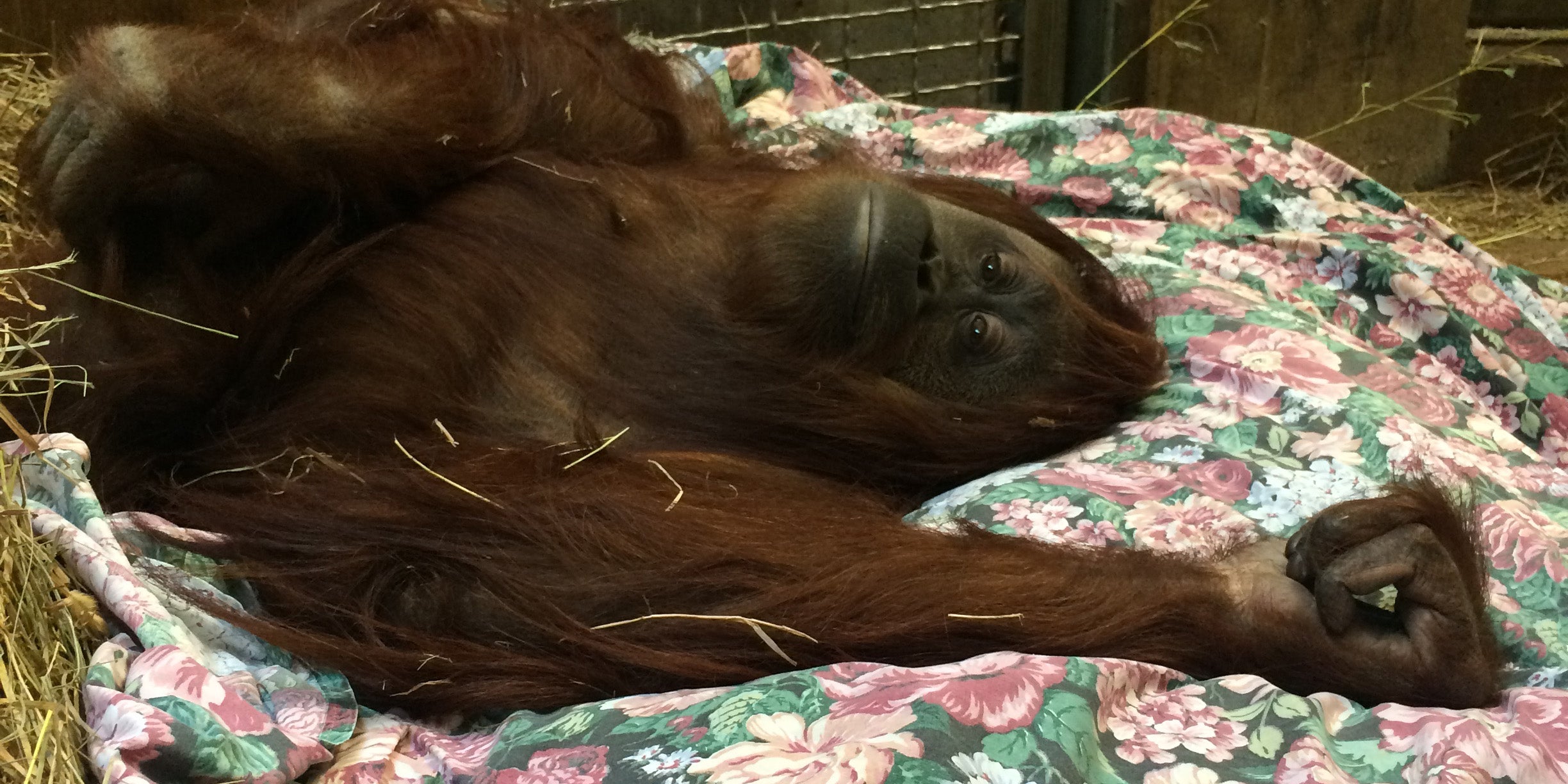
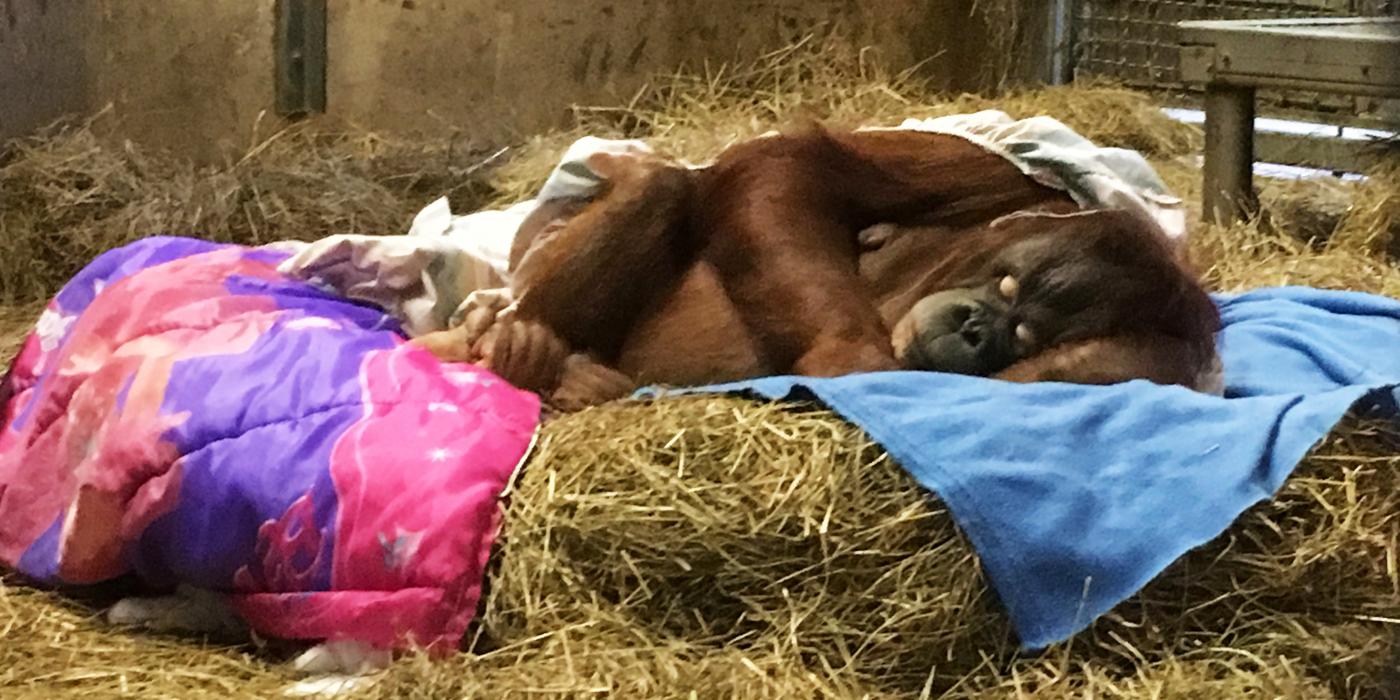
Are there differences in how individual orangutans build nests?
Yes. Although all wild orangutans use leaves to embellish their nests with leafy pillows, blankets or mattresses, the frequency with which each type of embellishment is used varies across populations and sites.
Differences can also stem from individual preference. For example, Batang makes very elaborate nests. A few days before she gave birth to Redd, she created an even larger and more elaborate nest! Since she has given birth, we have not formally documented her nesting behaviors or location preferences. However, the primate team has noticed that she has made larger and more well-cushioned nests since Redd’s arrival.
Redd has been observed making his own “practice” nest, but he always shares a night nest with Batang. He will continue to do so for many more years.
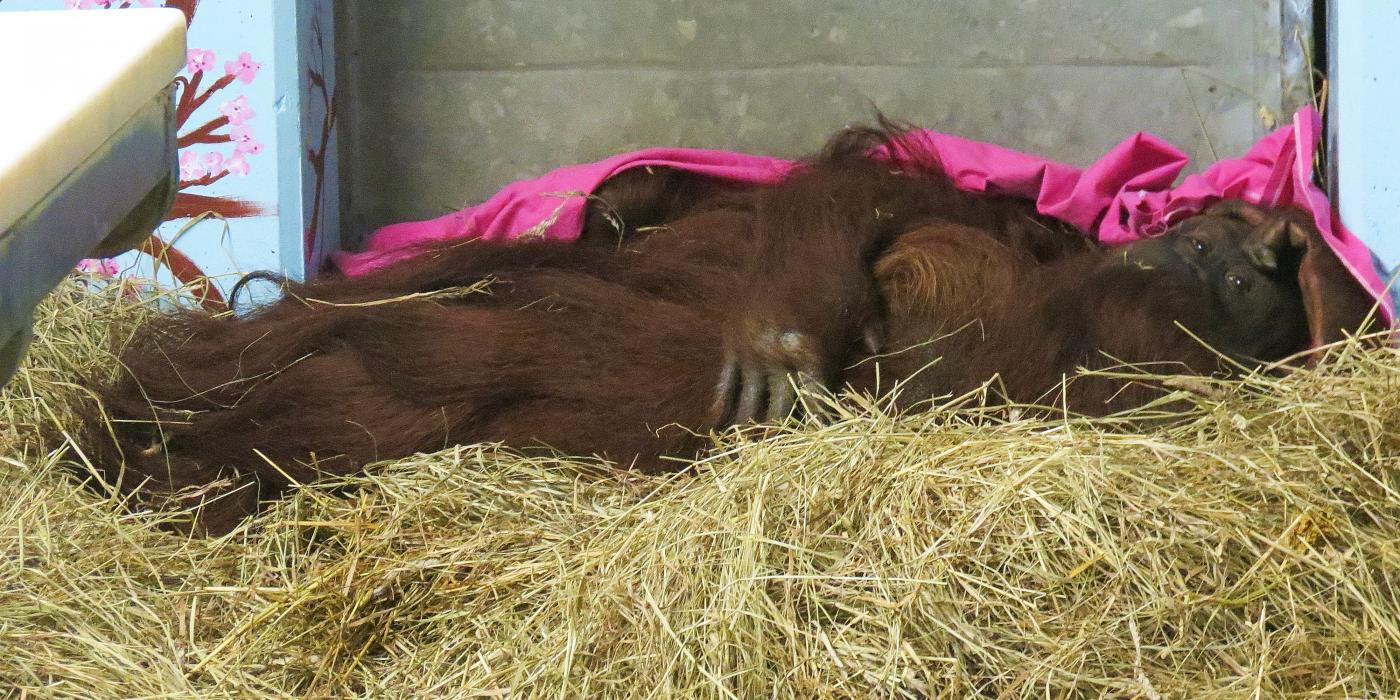
Related Species:


